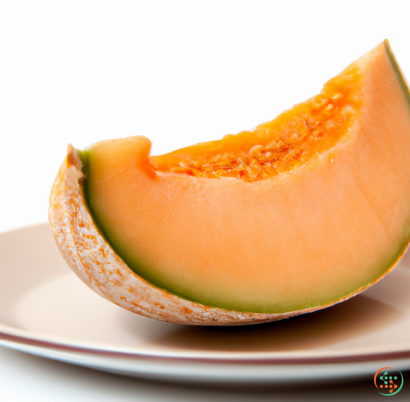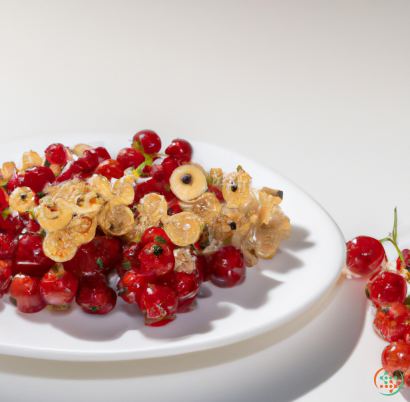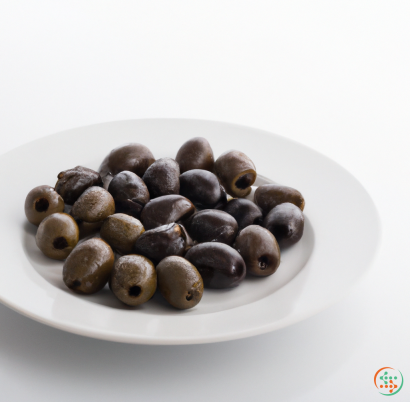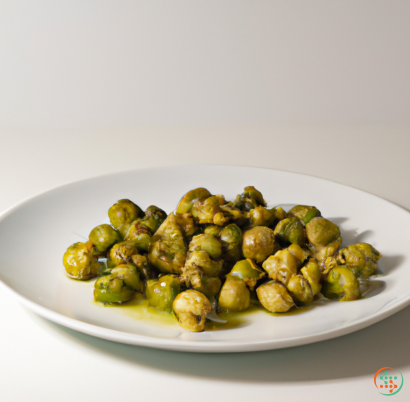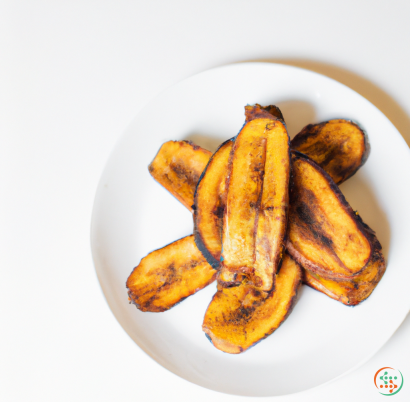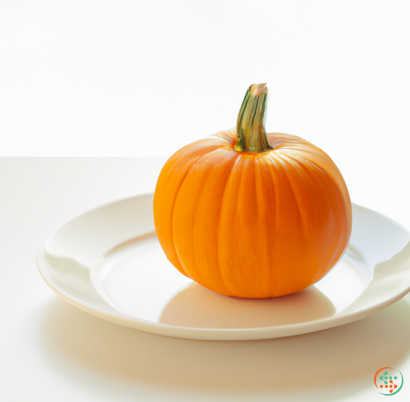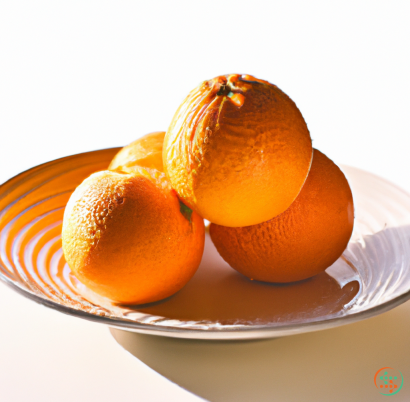Adzuki Beans
Adzuki beans are a type of legume, and just like many other legumes, they are an excellent source of nutrition and a sustainable food source. Adzuki beans come from plants of the genus Vigna and are cultivated mostly in East Asia. They shape like small kidney beans, but are smaller and are brown in colour. They are a nutritious and versatile ingredient for many dishes, but traditionally, Adzuki beans are used in East Asian desserts and confectioneries.
Adzuki beans provide a range of health benefits to those who incorporate them into their diet. Nutritionally, Adzuki beans are high in protein, which is important for muscle and tissue repair. They are also a great source of complex carbohydrates, which are energy dense and help to improve mental clarity. Additionally, Adzuki beans are a good source of dietary fibre, which helps to promote digestion, reduce blood sugar levels, and keeps you feeling full for longer. Furthermore, Adzuki beans are rich in essential minerals, such as iron, magnesium, potassium, phosphorus, and calcium.
Adzuki beans are used in sweet treats such as traditional Japanese mochi, as well as in Chinese pastries, steamed buns, cakes and desserts. They may be prepared with other ingredients to create a porridge-like consistency or used simply as a bean paste. The preparation of Adzuki beans usually involves soaking them in water for a few hours and then boiling them for about an hour. This process helps to increase the flavour, texture and the nutrients of the beans. Adzuki Bean paste can be used to flavour stews, soups and sauces. They can also be used to make cold salads and hot stir-fries.
Adzuki beans have been used for centuries in traditional East Asian medicine and natural remedies. This can be attributed to the fact that Adzuki beans contain a combination of qualities that act in detoxifying and healing the body. They’re a source of saponins, which are compounds that help to cleanse the digestive tract and expel toxins from the body. Adzuki beans are believed to help to reduce inflammation, improve blood circulation, promote healthy skin and boost the immune system. In Chinese medicine, Adzuki beans are also known as ‘cool beans’ and are used to cool down the body and balance the digestive system.
In terms of sustainability, Adzuki beans are considered to be one of the most sustainable food sources. This is due to the fact that they are relatively easy to grow and require few resources to do so. Adzuki beans are also associated with crop rotation, as this helps to replenish and recharge the soil with nutrients that would otherwise have been depleted. As well as this, Adzuki beans are a great resource for those who are trying to reduce their carbon footprint, as legumes generally produce fewer greenhouse gases than other types of animal proteins.
All in all, Adzuki beans are a powerhouse of health benefits and should definitely be added to your diet. They are a fantastic source of essential nutrients and provide numerous health benefits. In addition, they are also highly sustainable and offer a range of versatile recipes, allowing them to become a staple item in many households. Whatever form you choose to consume them, Adzuki beans are sure to add a delicious, nutritious twist to any dish!
Adzuki beans are a type of edible legume originating in eastern Asia. They are small, red, sweet in flavor and often used in a variety of culinary dishes due to their high nutrition value. As a prime source of dietary fiber along with many other essential nutrients, Adzuki beans are essential in a healthy diet. This blog post will define Adzuki beans, explain the process of how they reach the dinner plate, and discuss the health benefits of consuming this type of bean.
Defining Adzuki Beans
Adzuki beans are a type of edible legume belonging to the genus Vigna. This type of small round, red beans are native to eastern Asian countries including Japan and China. Other common names for Adzuki beans include Vigna angularis, Field pea, red cowpea, red Japanese-pale cotyledon and azuki bean. The scientific name for the Adzuki bean is Vigna angularis subsp. nipponensis.
The Adzuki bean is more of an evergreen shrub, growing anywhere from 8-24 inches with clusters of delicate, small, honey-colored flowers. After pollination, the plant produces the beans that range in color from light pink to dark maroon, to purple or black. The shape of the bean is very similar to that of a kidney bean, however, the Adzuki bean is conceivably smaller.
The Journey of an Adzuki Bean to a Dinner Plate
For anyone who has ever enjoyed the earthy, nutty flavor of Adzuki beans, recognizing just how these legumes reach the dinner plate can be particularly enlightening.
The Adzuki bean’s journey begins with a plant. Cultivating the most optimal climate for bean growth is a skillful task that requires years of practice. Once the initial conditions are met, the process of planting the seeds can begin. After the seedlings appear, all the selection of plant will be done manually due to their size. Of course, many cultivars need to be made in order to obtain the highest yield quantity and quality.
Once all the optimal plants are selected, the harvesting of the beans takes place. Firstly the stems are cut down and the beans are collected. In order to achieve the highest quality product, the beans need to be sorted and graded. This is done by a series of procedures, including visual inspection and sizing. Once all the sorting has been done, the beans can be stored, typically in airtight bags or containers, until they are ready for processing.
The next step in the journey to the dinner plate is the processing of the Adzuki beans. This involves several steps, including cleaning and polishing, husking, splitting, steaming, and packaging. Each step is necessary for the development of the beans’ flavor, texture and nutritional characteristics.
For instance, cleaning and polishing the beans can remove any dirt or dust present, as well as any legumes with impurities. Then, husking the beans further helps in eliminating dust and dirt from the beans. After the husking process is complete, the beans need to be split in order to expose more surface area of the bean. This also allows the bean to cook faster and be cooked more uniformly.
Once the beans are split, they are steamed. This process can help enhance the flavor of the beans and also make them more tender and digestible. After steaming the beans, they are cooled and then packaged. During the packaging process, the beans may be vacuum sealed in order to maintain their quality and shelf life.
After the Adzuki beans have been packaged and have reached their destination, they are ready to be cooked. Since every dish cooked with Adzuki beans differs, there are various steps to preparing them. Generally, the beans must be washed and soaked. This helps in softening the beans and making them easier to digest. Then, the beans can be cooked on a stove top or in a slow cooker for an extended period of time, until they become tender and creamy.
The Health Benefits of Consuming Adzuki Beans
Adzuki beans are an excellent source of nutrients and minerals, making them a good choice for those looking to improve their health. Not only are these legumes a rich source of dietary fiber, but they are also high in essential vitamins and minerals including iron, phosphorous, magnesium, and potassium.
Consuming Adzuki beans also provides numerous health benefits. Since they are high in dietary fiber, they help promote digestion and prevent gastrointestinal issues like constipation and bloating. The high levels of essential vitamins and minerals found in these legumes make them beneficial to those looking to maintain a healthy heart, as they can help reduce bad cholesterol and prevent vascular disease.
Adzuki beans are also believed to have anti-inflammatory properties that can help combat chronic and other inflammatory diseases. Additionally, the intake of Adzuki beans can help maintain healthy blood sugar levels, aiding those with diabetes or pre-diabetes. This is because Adzuki beans are low in glycemic index and high in resistant starch.
One of the most important benefits of consuming Adzuki beans is their high nutritional value. With every serving of Adzuki beans, one can expect to receive numerous vitamins and minerals along with proteins, carbohydrates, and dietary fiber. These nutrients, along with plenty of antioxidants, can provide numerous health benefits, helping to reduce the risk of a variety of ailments.
Conclusion
Adzuki beans are a nutritious type of legume that not only possess a unique flavor but an array of health benefits as well. While traditionally used in eastern Asian cuisines, this type of bean can now be found in most grocery stores and markets. Understanding the process of how Adzuki beans reach the dinner plate is an essential part of comprehending the effort taken to provide these legumes in our diets. Not only are Adzuki beans a delicious addition to a variety of culinary dishes but also afford numerous health benefits, making them an important source of healthy nutrition.
| Vitamin B1 | 0.12 mg | |
| Vitamin B2 | 0.06 mg | |
| Vitamin B3 | 0.72 mg | |
| Vitamin B5 | 0.43 mg | |
| Vitamin B6 | 0.1 mg | |
| Vitamin B9 | 0.121 mg |
| Calcium | 0.028 grams |
Daily Value 1.3 g
|
| Iron | 0.002 grams |
Daily Value 0.018 g
|
| Magnesium | 0.052 grams |
Daily Value 0.4 g
|
| Phosphorus | 0.168 grams |
Daily Value 1.25 g
|
| Potassium | 0.532 grams |
Daily Value 4.7 g
|
| Sodium | 0.008 grams |
Daily Value 2.3 g
|
| Zinc | 0.00177 grams |
Daily Value 0.011 g
|
| Copper | 0.3 mg |
Daily Value 0.9 mg
|
| Manganese | 0.57 mg |
Daily Value 0.0023 g
|
| Selenium | 0.0012 mg |
Daily Value 0.055 mg
|
| Tryptophan | 0.072 grams | |
| Threonine | 0.255 grams | |
| Isoleucine | 0.3 grams | |
| Leucine | 0.632 grams | |
| Lysine | 0.567 grams | |
| Methionine | 0.079 grams | |
| Cystine | 0.07 grams | |
| Phenylalanine | 0.398 grams | |
| Tyrosine | 0.224 grams | |
| Valine | 0.387 grams | |
| Arginine | 0.486 grams | |
| Histidine | 0.198 grams | |
| Alanine | 0.439 grams | |
| Aspartic Acid | 0.891 grams | |
| Glutamic Acid | 1.173 grams | |
| Glycine | 0.286 grams | |
| Proline | 0.331 grams | |
| Serine | 0.369 grams |
| Total Sugars | 0.131141 grams |
per 100g
|
| Oleic acid (18:1) | 0.01 grams |
|
| Total Monounsaturated fatty acids: | 0.01 g | |
| Linoleic acid (18:2) | 0.02 grams |
|
| Total Polyunsaturated fatty acids: | 0.02 g | |

